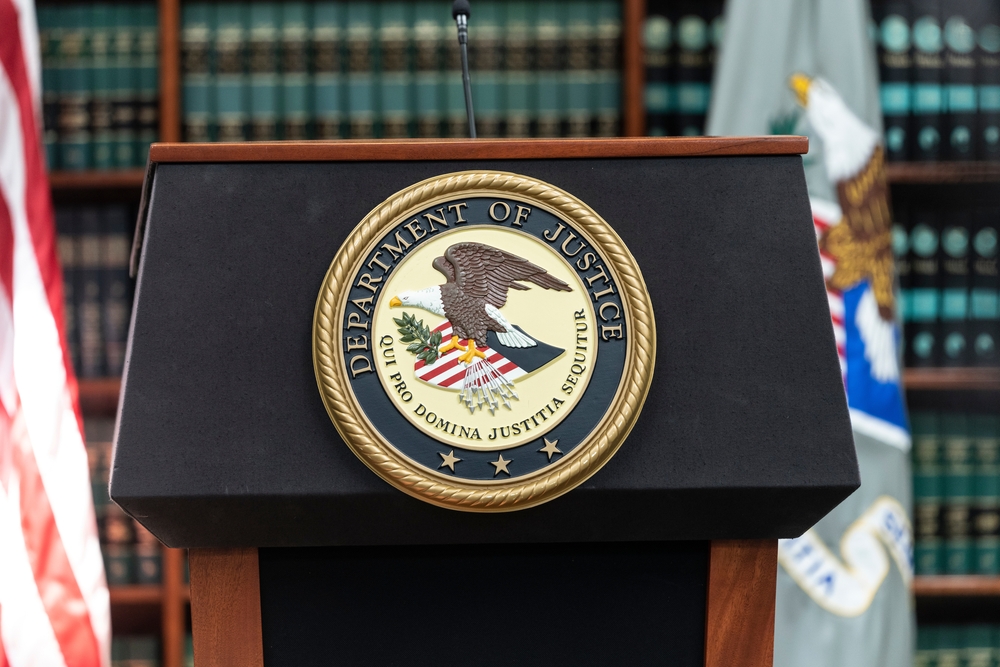 By Editorial Board
By Editorial Board
Washington Post
The Drug Enforcement Administration made headlines last week for sticking to the status quo: The agency declined to change marijuana’s classification under the Controlled Substances Act to a lower, less strictly regulated schedule.
Marijuana sits alongside heroin and LSD in the DEA’s Schedule I category, reserved for the most dangerous substances. Schedule II drugs include narcotics such as methadone and oxycodone that are medically useful but have a high potential for harm. Advocates say the current classification of marijuana makes little sense: They cite studies that show pot can help patients manage pain without any serious risk of abuse. The only problem? The Food and Drug Administration has done studies of its own, and its experts do not agree.
There’s one way to resolve the debate: more research. Until there is substantial evidence that marijuana does more to help than to hurt, the DEA is right not to reschedule the drug. The agency took a step in the right direction by allowing more places to grow marijuana for research on how the drug could treat chronic pain and diseases such as epilepsy.
But even with the rule change, most scientists who want to learn more about marijuana’s effects will find themselves hamstrung. Schedule I drugs are not supposed to have medical benefits, so the rules governing them do not easily allow for clinical trials. That means researchers and the DEA are stuck: The DEA can’t reclassify marijuana unless research proves its effectiveness, but scientists have a hard time doing research unless the DEA reclassifies marijuana.





